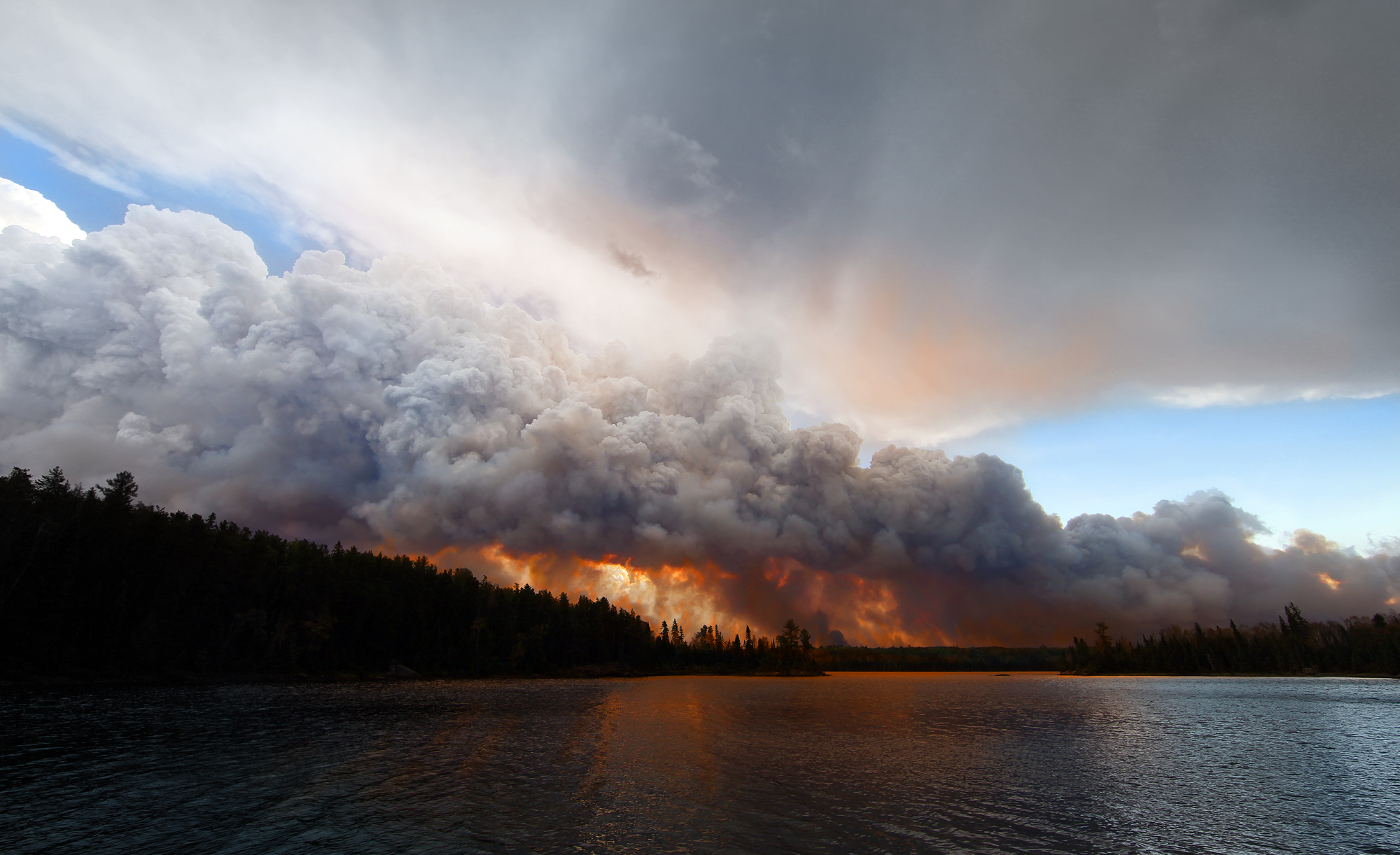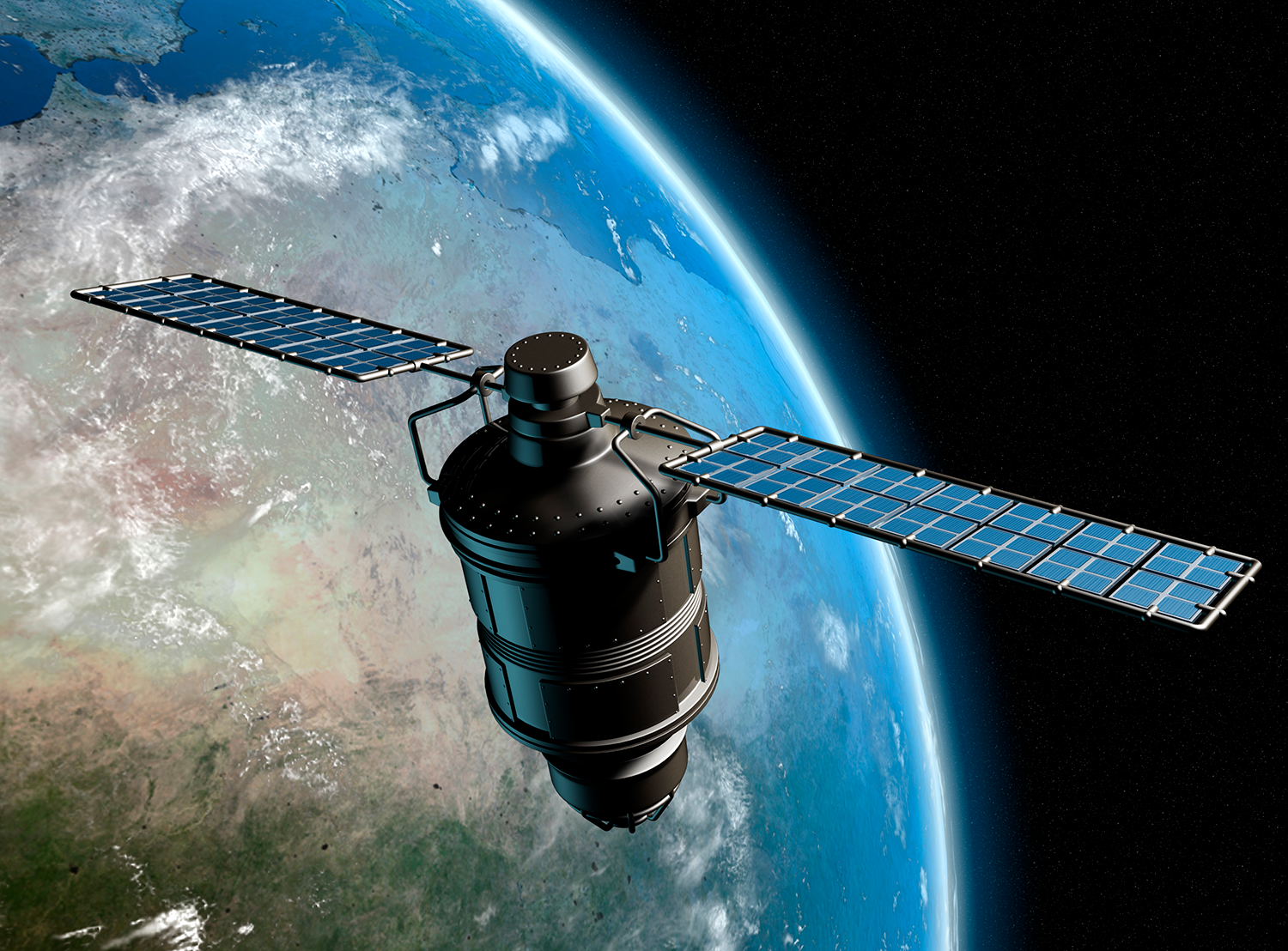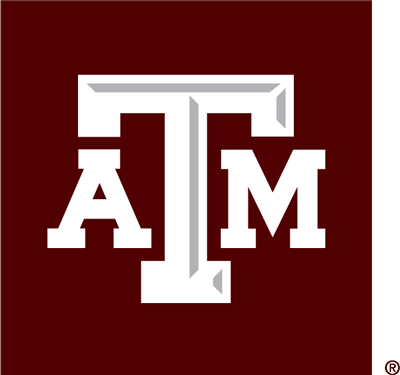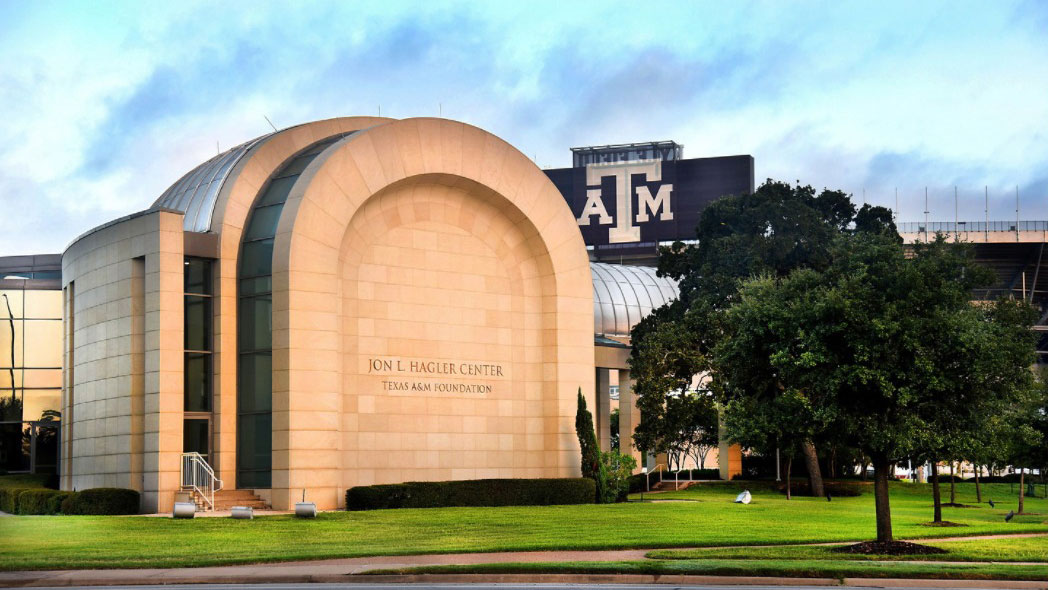
Federal funding plays a crucial role in advancing scientific research, allowing early-career scientists to explore complex questions with real-world impact. For Texas A&M Atmospheric Sciences graduate student Ashley Sebok, a NASA Earth and Space Science and Technology (FINESST) grant is making that possible. Her research focuses on how wildfire burn scars affect precipitation and storm characteristics over time—an area that has not been deeply studied before.
"Graduate school can be challenging, and it’s easy to doubt yourself at times," Sebok said. "Being selected for this grant, especially knowing how competitive it was, gives me confidence that I'm on the right path."
Sebok’s project will use at least four satellites to track atmospheric conditions over wildfire-affected areas, examining how burn scars alter storm development and rainfall patterns. The study’s findings could have significant implications for understanding long-term climate and weather changes in wildfire-prone regions.
“There is very little research on how storm properties and rainfall will change over large burn scars after a wildfire, especially as the vegetation recovers slowly over time,” said Dr. Courtney Schumacher, a professor in the Atmospheric Sciences Department and Sebok’s faculty advisor. “Ashley’s novel research project will assess these changes globally using NASA satellite observations.”

Originally from Eagleville, Pennsylvania, Sebok earned her meteorology degree from Millersville University in 2021 before coming to Texas A&M. She credits Schumacher for encouraging her to apply for the NASA grant and supporting her throughout the process. As she dives into her research, Sebok is focused on analyzing large amounts of satellite data to ensure meaningful results.
The FINESST program funds research like Sebok’s for up to three years, providing early-career scientists the resources needed to contribute meaningful work to their fields. Sebok is the second student from Texas A&M’s College of Arts & Sciences to receive this prestigious funding recently, following A&M Geology & Geophysics Ph.D. student Lauren Berger, who was also named a grant recipient. Without such funding, groundbreaking research opportunities for graduate students could be limited.
“Right now, I'm just getting to know the vast amount of data and instruments I’m going to be using,” Sebok said. “It’s essential I know everything about my data so I can most effectively combine them to get meaningful results.”
Her work demonstrates how federal funding advances scientific discovery and nurtures the next generation of researchers tackling pressing environmental issues. By studying how wildfires influence weather patterns over time, Sebok’s research could provide critical insights into the long-term consequences of extreme fire events—something that is becoming increasingly important in a changing climate.

